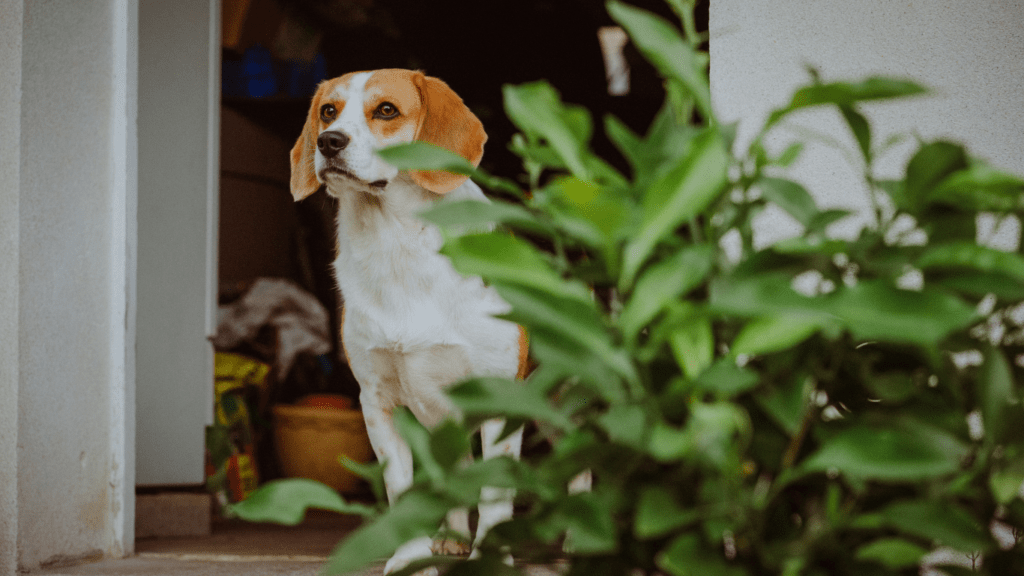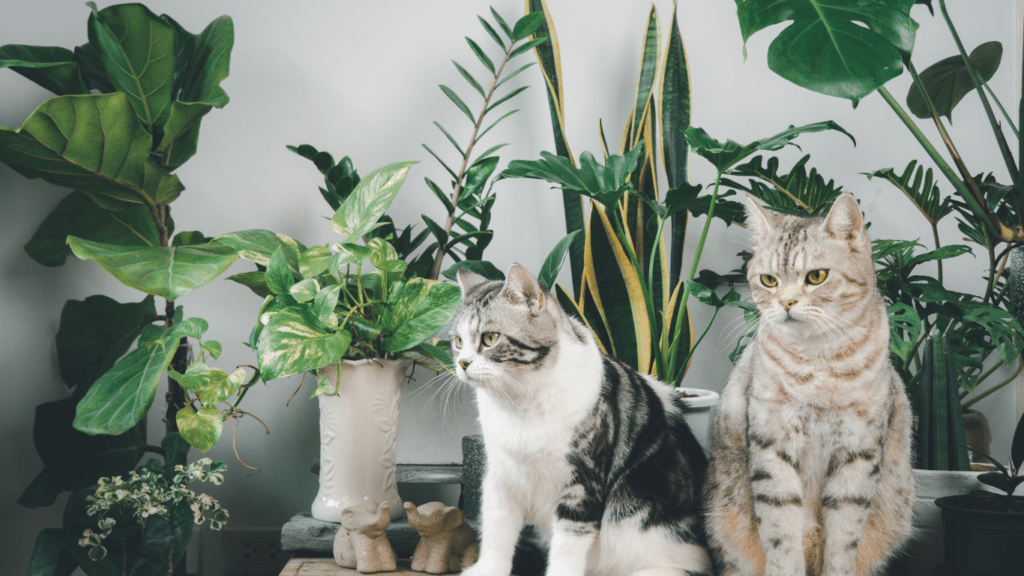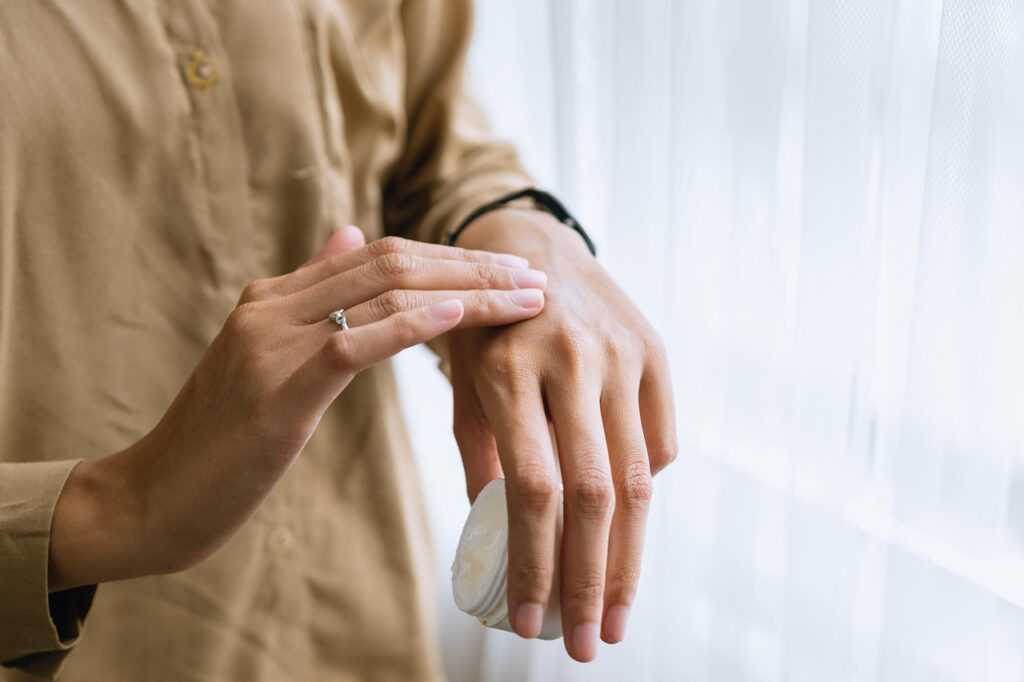Assessing Your Home for Pet Safety Hazipient
Ensuring your pet’s safety at home involves identifying potential hazards. It’s essential to evaluate your living space, considering the perspective of your pet.
Identifying Common Household Hazards
Identify potential hazards that may harm your pet. Some examples of common household dangers include:
- Toxic Plants: Research plants toxic to pets, such as lilies for cats and aloe vera for dogs.
- Unsecured Cabinets: Secure cabinets containing cleaning supplies and medications to prevent accidental ingestion.
- Electrical Cords: Safeguard electrical cords from being chewed by covering or organizing them out of reach.
- Open Windows: Install screens or restrict access to prevent falls, especially in multi-story homes.
- Small Objects: Remove small items like buttons, coins, and jewelry that pets might swallow.
- Check low-lying shelves for breakables or harmful items within your pet’s reach.
- Inspect tight spaces behind furniture where pets might get stuck or injured.
- Ensure that furniture is stable to avoid tipping if a pet jumps or climbs on it.
- Look for accessible food that might be harmful, such as chocolate or grapes, on countertops.
- Examine floor surfaces; ensure rugs and mats don’t slip, causing falls.
Pet-Proofing By Area
Pet-proofing involves specific measures for different areas of the home. The main sections include the kitchen, bathroom, living room, and bedroom.
Kitchen Safety Measures
Store food securely in cabinets or the refrigerator. Chocolate, grapes, onions, and garlic pose serious risks to pets. Use child-proof latches on lower cabinets to restrict access.
Keep sharp objects and plastic bags out of reach. Ensure trash bins have secure lids or place them in cabinets. Sweep the floor regularly to eliminate small items pets might ingest.
Bathroom Dangers for Pets
Store cleaning supplies, medications, and toiletries securely in cabinets with child-proof latches. Keep toilet lids down to prevent pets from drinking possibly harmful water.
Use non-slip mats to reduce the risk of slipping. Remove small objects like toothpaste caps and razors from countertops.
Securing Living Rooms and Bedrooms
Hide electrical cords behind furniture or use protective coverings to prevent chewing. Remove fragile items or position them out of reach. Ensure window screens are secure to prevent falls.
Avoid small decorative items that could be ingested. Secure large furniture to walls to prevent tipping. Check under beds and dressers for small objects that might pose a choking hazard.
Safe Materials and Toxic Substances
Ensuring your home has safe materials and eliminating toxic substances reduces risks for pets. Specific steps can help maintain a secure environment.
Choosing Pet-Safe Furniture and Decorations
Opt for furniture made from non-toxic materials and sturdy constructions. Avoid pieces with small parts that pets could swallow, like buttons on cushions.
Choose decorations that can’t easily break or contain harmful substances like lead or sharp edges. Use pet-friendly fabrics which resist stains and wear, such as microfiber and leather. Make sure decorative items are securely placed to prevent them from being knocked over by curious pets.
Understanding Toxic Plants and Foods

Certain plants can be harmful to pets if ingested. Avoid keeping species like lilies, poinsettias, and philodendrons in the house. Opt for pet-safe alternatives like spider plants, bamboo palms, and Boston ferns.
Foods toxic to pets include chocolate, grapes, onions, and garlic. Store these items securely out of reach. Ensure pet food doesn’t contain harmful additives or ingredients by checking labels carefully. Replace human snacks with pet-safe treats to provide pets with safe alternatives.
Essential Pet Safety Equipment
Pet safety gear plays a crucial role in creating a secure environment at home. Selecting the right equipment can prevent accidents and ensure pets’ well-being.
Gates, Crates, and Enclosures
Gates, crates, and enclosures help manage your pet’s movement, especially in multi-level homes or areas with hazards. Gates keep pets away from stairs or rooms with dangerous objects.
Crates offer a secure resting space that prevents chewing on cables or furniture. Enclosures can be used outdoors to give pets fresh air while keeping them contained.
Smart Devices for Monitoring Pets
Smart devices enable round-the-clock pet monitoring. Cameras with Wi-Fi connectivity let you check on pets remotely. Some devices offer two-way audio, allowing interaction with pets when away.
Motion detectors alert you to unusual activity, ensuring prompt action if needed. Automated feeders ensure timely meals, even if you’re not home.
Emergency Preparedness
Being prepared for emergencies ensures the safety and quick response for pets during unforeseen events.
Creating a Pet Safety Plan
Develop a detailed pet safety plan to address different types of emergencies. Outline evacuation routes and include a designated safe spot within the home.
Make a checklist of essential items like food, water, medications, and comfort items. Ensure that each family member understands the plan and their role in executing it. Practice the plan regularly to familiarize pets with the process.
First Aid and Emergency Contacts
Assemble a pet first aid kit with essentials like bandages, antiseptics, tweezers, and pet-specific medications. Keeping this kit accessible at all times is crucial.
Compile a list of emergency contacts, including your veterinarian, local animal hospital, and a 24/7 pet poison control hotline. Save these contacts in your phone and place a physical copy in a visible location at home.


